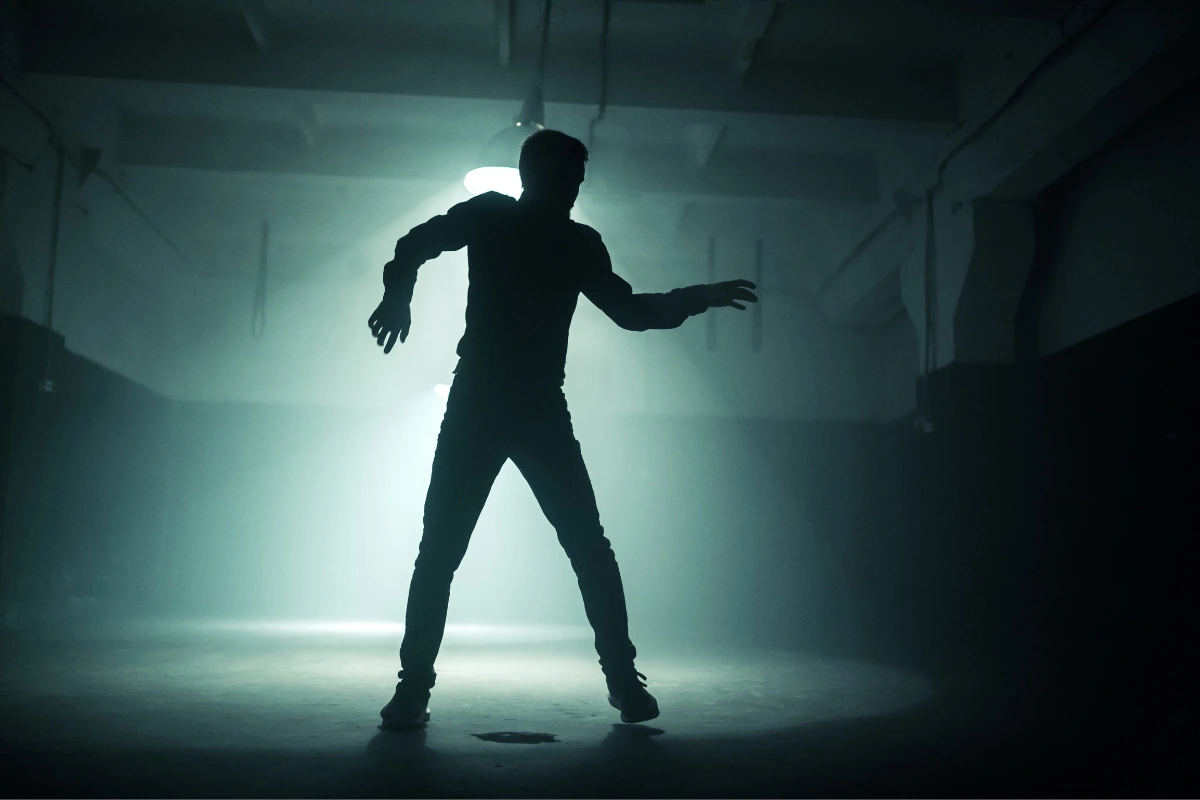Popping is a street dance style that originated in the late 1960s and early 1970s, primarily associated with funk music and hip hop culture. It is characterized by the quick contraction and relaxation of muscles, creating a “popping” effect that can give the illusion of robotic or mechanical movements. Here’s a detailed overview of popping:
- Origins: Popping emerged from the funk dance scene in California, particularly in cities like Fresno and Los Angeles. It was popularized by dancers like Boogaloo Sam and the Electric Boogaloos, who blended elements of street dance with the rhythms of funk music.
- Key Characteristics:
- Muscle Contractions: The central technique in popping involves rapidly contracting and relaxing muscles, primarily in the arms, legs, and torso. This creates sharp, jerky movements that give the dance its name.
- Isolation: Popping often emphasizes isolating specific body parts, allowing dancers to create intricate movements with different sections of their bodies. This can include waves, robot-like motions, and various poses.
- Fluidity and Control: While popping focuses on sharp movements, dancers also incorporate fluid transitions and body waves to add depth and complexity to their performances.

- Styles within Popping:
- Robot: A style that mimics the movements of a robot, using precise, mechanical motions and sharp isolations.
- Waving: Involves creating the illusion of a wave moving through the body, often using fluid arm and body movements to convey a smooth, flowing motion.
- Tutting: Named after the Egyptian pharaoh Tutankhamun, this style uses angular movements and shapes created by the arms and hands, resembling hieroglyphics or geometric patterns.
- Animation: A style that incorporates fluid and cartoonish movements, allowing dancers to exaggerate and play with their motions.
- Music: Popping is typically performed to funk, hip hop, and electronic music, with strong beats and rhythms that enhance the dance’s energetic nature. The rhythm of the music often influences the timing and execution of pops.
- Performance and Competitions: Popping is commonly showcased in dance battles, performances, and competitions. Dancers often display their creativity and individuality, using their unique styles to stand out and engage audiences.
- Cultural Significance: Popping is an essential part of hip hop culture and street dance, reflecting the creativity and expression of urban communities. It has been featured in various media, including music videos, movies, and television shows, helping to popularize the dance style globally.
- Training and Practice: Mastering popping requires practice, coordination, and muscle control. Dancers often work on their technique through drills, improvisation, and freestyling to develop their unique style and skill set.
Read more here: WHAT IS POPPING DANCE? HOW DOES IT DIFFER FROM LOCKING DANCE?

Leave a reply